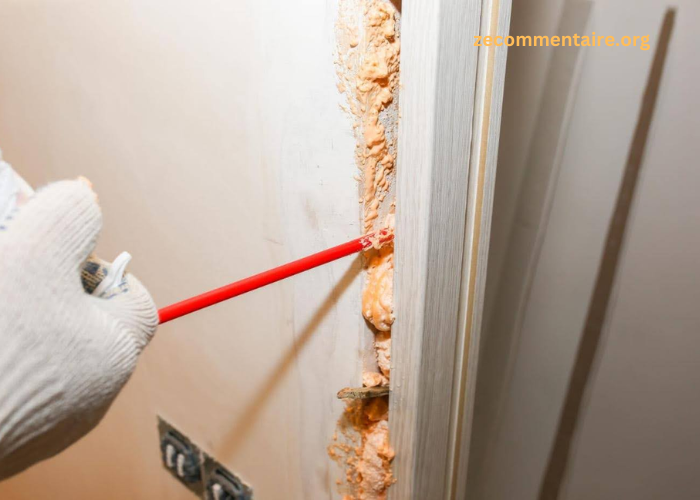When it comes to spray foam insulation, making the right choice can lead to significant savings on energy bills and a more comfortable home environment. Did you know that about 25%-40% of the air we heat or cool can escape through uninsulated walls and ceilings?
This statistic highlights the importance of quality insulation to improve energy efficiency and reduce environmental impact. To learn more, keep on reading.
What is Spray Foam Insulation?
Spray foam insulation is a modern solution made from polymers that expand upon application. This unique property allows it to fill every nook and cranny, creating an air-tight seal that traditional insulation materials simply can’t match. There are two main types of spray foam insulation: open-cell and closed-cell. Each has its advantages depending on your needs.
Open-Cell Spray Foam
Open-cell spray foam is less dense and provides excellent thermal performance while also serving as a sound barrier. Its expansion allows it to fit into tight spaces, making it ideal for attics and walls. Some benefits of open-cell spray foam include:
- Lower cost compared to closed-cell varieties
- Superior soundproofing qualities
- Good moisture control
- Environmentally friendly options are available
Closed-Cell Spray Foam
On the other hand, closed-cell spray foam has a higher density, providing excellent insulation and moisture control. It is perfect for areas that experience high moisture, like basements and crawlspaces. Here are the main benefits of choosing closed-cell spray foam:
- Greater strength and stability
- Higher R-value per inch, maximizing energy efficiency
- Acts as a vapor barrier
- Enhances structural integrity in older homes
Factors to Consider
Choosing the right spray foam insulation depends on several factors. Here are a few examples:
Temperature Control
Insulation should be chosen based on how well it handles the temperature changes in your area. If temperatures swing a lot, the material needs to be strong enough to keep up. Pick insulation that works well with the kind of weather your region usually gets.
Moisture Content
In areas with lots of humidity, moisture-resistant insulation is important. Too much moisture can damage materials, so it’s best to use something that keeps water out. Closed-cell insulation is often the better choice because it blocks moisture more effectively.
Budget
Think about how much you can spend and what you’ll save on energy over time. Sometimes paying more up front means saving more later. Try to balance installation costs with long-term energy savings.
Installation Process
Be sure to hire a professional for installation, as improper application can lead to a range of problems. Certified contractors are well-trained to assess your specific situation and provide solutions that fit your energy efficiency needs. Make sure to choose someone with reputable experience in the application of spray foam kits.
Maximize Your Energy Efficiency
Incorporating high-quality spray foam insulation can significantly boost your home’s energy efficiency. Here are a few tips to maximize benefits:
- Seal air leaks before installation.
- Consider combining insulation types for different areas.
- Conduct regular energy audits to monitor performance.
Transform Your Home with Spray Foam Insulation
By investing in the right type of spray foam insulation, homeowners can achieve remarkable energy efficiency improvements. With over a decade of experience in the insulation industry, there are experts who are committed to providing high-quality solutions tailored specifically for your needs.
For more related topics, check out the rest of our blog!





